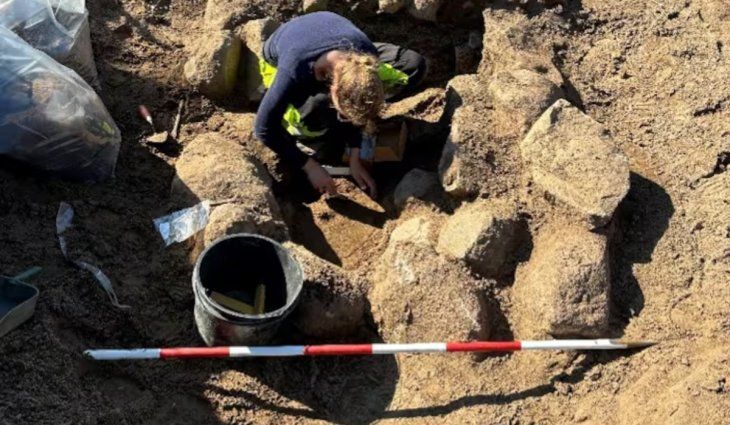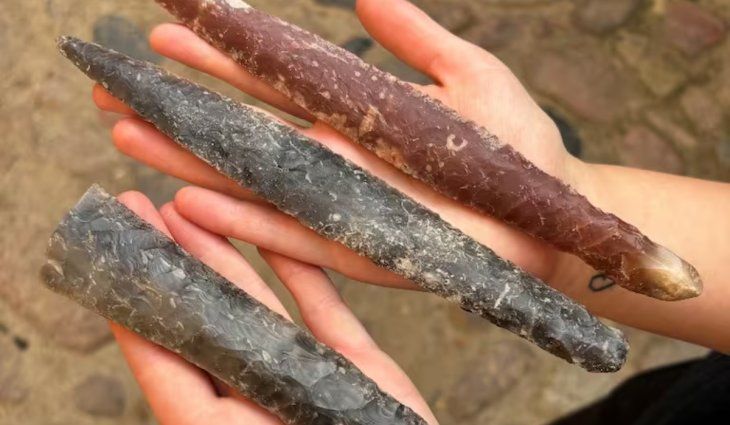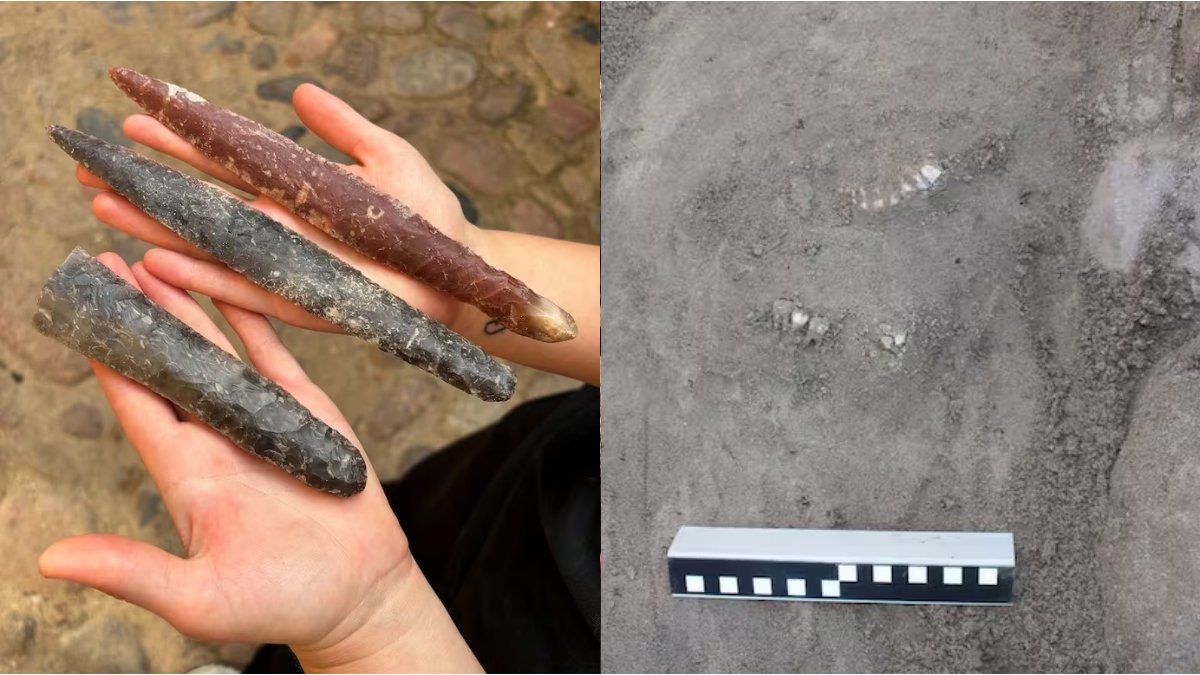The discovery was from the Odense Museum on an island in Denmark. The objects and human remains found belong to high-ranking figures of Neolithic society.
An archaeologist from Odense Museum of Denmarkmade a surprising discovery when while looking at a pile of rocks and doing a routine excavation, he found a ancient tomb with weapons and remains of human parts belonging to the period Neolithic.
The content you want to access is exclusive to subscribers.
The discovery took place on a hill west of Kaerby, in the funen islandwhere initially there were only rocks, certain details caught the attention of the researcher which ended up revealing the mystery.


Unique weapons corresponding to the era were found: three flint daggershighlighted for their precision and quality of work. Furthermore, there was a hidden grave of more than 4,000 years old, all belonging to the Neolithic.
Odense Museum (2).png

The discovery took place on a hill west of Kaerby, on the island of Funen, Denmark.
Odense Museum
Those responsible for the Odense Museum announced the photos announcing the discoveries through a Facebook post. They stated that the grave managed to remain unchanged for millennia and that the buried body only preserved some teeth and its main figure had disappeared.
Within the photographs that were disseminated, it can be seen that of the skeleton remainsonly the parts dental that stand out from the ground, they are the only piece that stands out clearly.
What objects archaeologists discovered
Regarding weapons, flint daggers found in the tomb, larger than a hand, aroused the attention of experts due to the good condition of conservation and size: only one piece was broken, while the other two were intact.
The museum highlighted the importance of these daggers, which vary from red to gray in color, since they probably belonged to figures and high ranking classes in Neolithic society and can provide more information regarding what life was like. culture from that moment.
Odense Museum.png

Of the three flint daggers found, two were in perfect condition and one was broken.
Odense Museum
Another quality that aroused the attention of the researchers was the size and dimensions of the graves with outstanding constructions for the time, which have 3.30 meters long and 1.60 meters wide.
“We hope that further analysis allow us to get closer even more so to this person who lived and died in Funen more than 4,000 years ago,” museum officials said, adding that “finding tombs of such ancient antiquity it’s very unusual“.
Source: Ambito
I am a 24-year-old writer and journalist who has been working in the news industry for the past two years. I write primarily about market news, so if you’re looking for insights into what’s going on in the stock market or economic indicators, you’ve come to the right place. I also dabble in writing articles on lifestyle trends and pop culture news.




